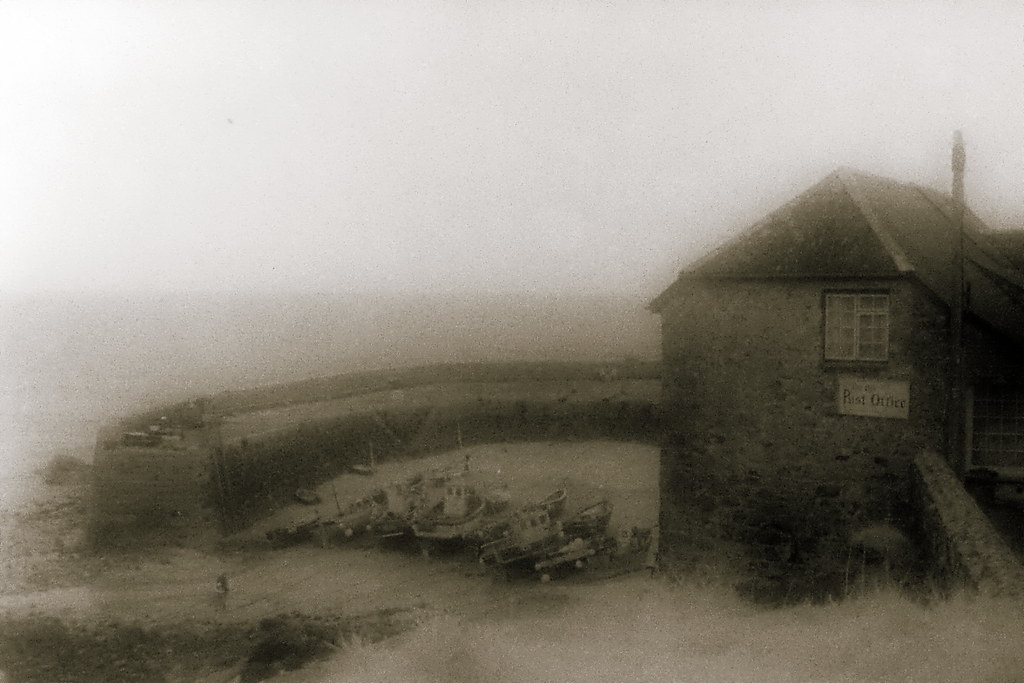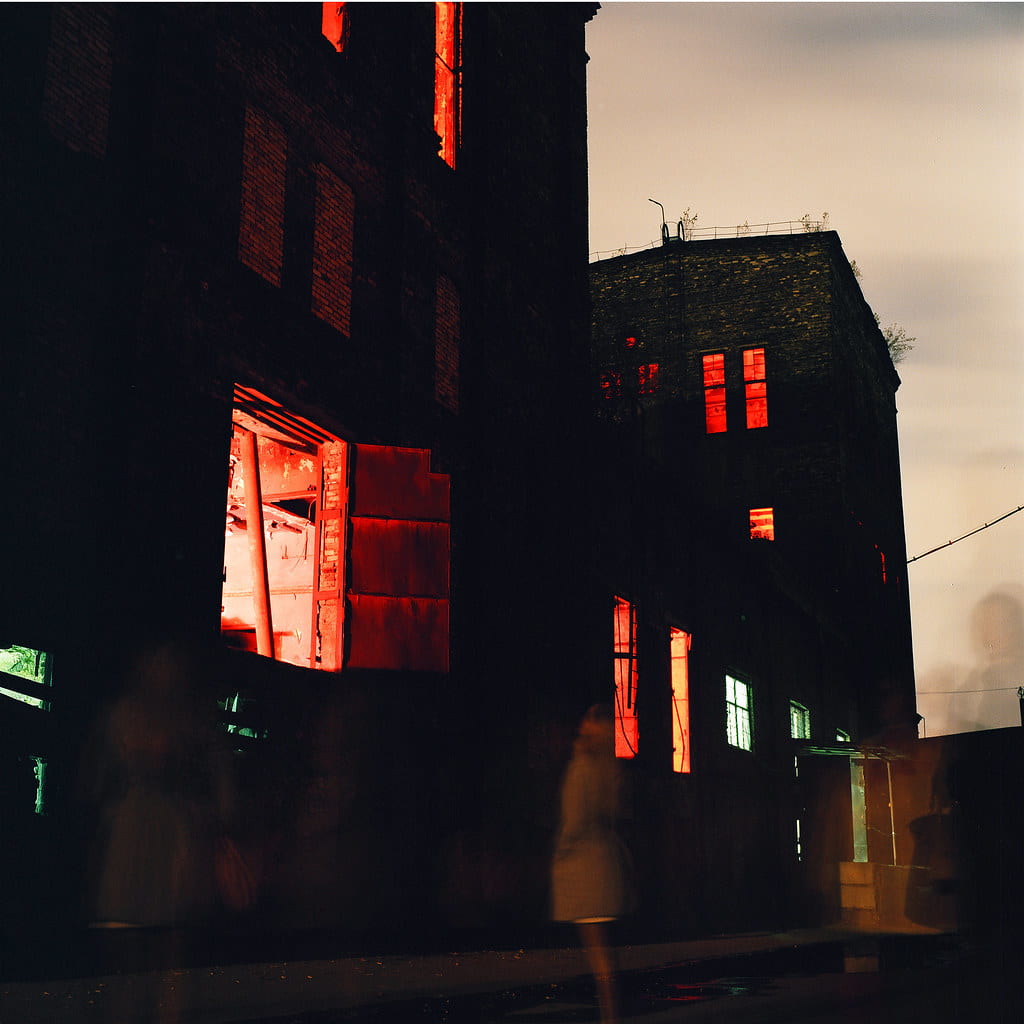
| cue | notes |
| how did the character develop this mindset? | get 7-8 filler shots of what is causing character to feel the way he or she is. |
| why did the character have enough? | have a main scene where the character decides to take a different path with their day. |
| how was the downward spiral of the character portrayed so well? | 4-5 core things that could be a possible leading cause to the characters motives. |
| how did the character make the audience feel through his actions? | give quick but deep background to the characters mindset and motives. |
| what was the breaking point of the character or the turning point in his actions. | in what way can you portray mental illness through camera movement, wardrobe, character expression and background. |
Summary
in conclusion our character was having a normal day until he gets stuck in LA traffic on a hot day, then things start to escalate when his windows wont roll down and his AC fails to work, he gets really anxious and focused in on all the loud noises and everything else going on around him. in this scene he simply wants to go get some breakfast though it is 11:30 and where he went stopped serving breakfast at 11:00, so the character argues that the customer is always right him being the costumer and they still say they stopped serving breakfast a few minutes ago, then the character snaps, just little things were making our character feel this way and made him do the things that he does, but there is definitely a bigger picture to look at here as to why the character was set off by such small things that cannot be controlled, and I am just wondering why for the bigger picture, and how were they able to portray this so well.


